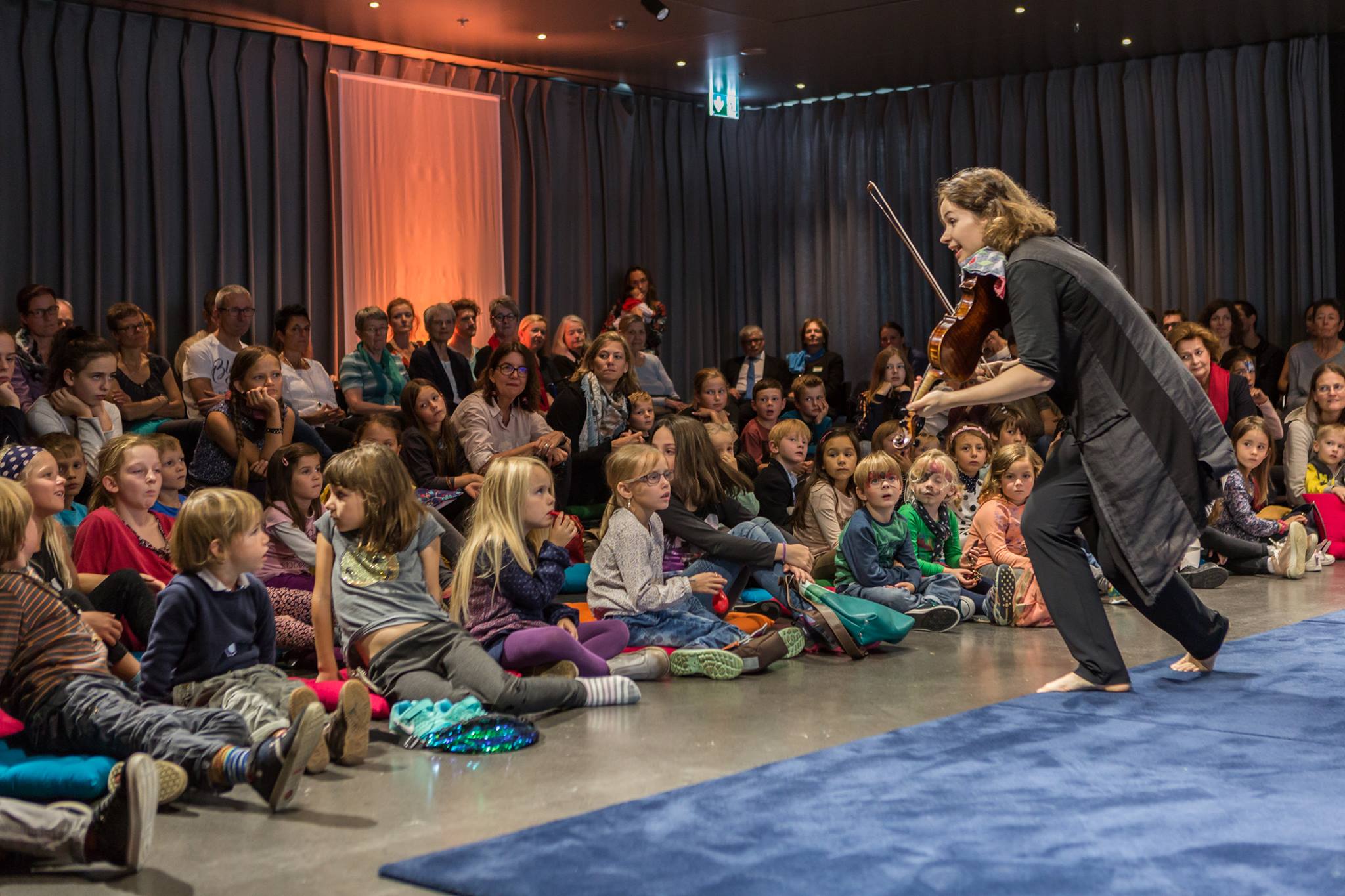EDITOR’S NOTE | By Bret Bradigan
The Ages of Ojai

Bryant Huber, Rotarian and former Young American, conducts the group in one of their group numbers.
It’s hard to be young in Ojai. I’ve seen too many talented young people, who enrich our community with their enthusiasm and fresh ideas, have to leave for greener pastures.
It’s a shame, because we need them more than ever. It’s personal, because my children are among those who left. Enrollment in our public schools, after peaking at just over 4,000 students in 1999-2000, has declined to just over 2,500.
Census Bureau figures show these trends vividly. Just since 2010, when the enrollment decline was well underway, the percentage of our youth under age 5 declined from 5 percent to 4 percent. Which might not sound like a lot, but that’s a 20 percent decrease — one-fifth fewer future kindergartners. Even as you move up the age chart, these declines continue at a steady pace. The percent of ages 5 to 9 also dropped 20 percent, while ages 10 to 14 are 17.4 percent fewer than in 2000.
A lot of that can be blamed on housing prices. It’s just too expensive for a young family with children, even starter homes start at a half million around here. An all-too-typical occurrence is a young family sells their home and moves to Oregon or Arizona where housing prices are well below half of what they are here. There, they can live well on the difference.
So, a family of three or four or five moves out, while a retired couple moves in, for a net population loss of two or three school-age children. Even five in one case I know. Ojai is getting older, richer and fewer.
There’s plenty of value in retirees, ours in Ojai, because many move here precisely for our superb social infrastructure, the amazing opportunities to get involved and make a difference. They bring their world-class talents and resources, creating an ever-upward virtuous cycle of community. In my more optimistic moments, I feel like Ojai can be a laboratory for connecting generations, a return to a culture of grandparents and grandkids.
The best education programs or intentions don’t address the baseline problem, the lack of affordable housing. That’s something that’s going to take the whole community and a whole lot of innovation and flexible thinking.
Affordable housing solves four or five problems all at once — besides school enrollments, it would improve our daily traffic jams when the people who work here can afford to live here, which also decreases emissions and improves air quality.
The hardest benefit to quantity is that a more age-representative population fosters more opportunities. That arises from people living in a close-knit community. In Robert Putnam’s powerfully important book, “Bowling Alone,” he calculated the benefits in well-being of living in a small town at 20 percent over city life.
Buried in the otherwise dismal Census Bureau figures is one bright spot — the percent of people ages 25-34 actually rose from 8.6 to 10.2 percent, a 18 percent increase, the largest among any age group. These are people who will be, or are, raising families and starting businesses.
I know a few of these young couples, many of whom have moved to Ojai specifically for our outstanding schools, and they have had to make hard trade-offs. What you give up in excitement and stimulation you more than gain back in the simple joy of showing up and making a difference. Plus, I’ve lived in small towns most of my life, and I know of no community that better balances small-town life with metro amusements. That includes the prestige of the Ojai Music Festival, Libbey Bowl and our vibrant live music scene.
All these young families, many of them artists and creators, deserve our support in their endeavors, because if they do well, we will all do well.


Leave A Comment